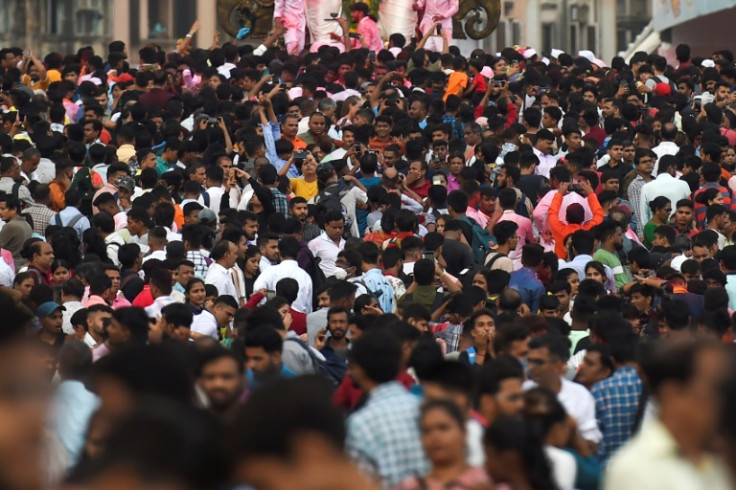China Population To Drop Below 1 Billion Before 2100 As India Becomes Most Populous Country

KEY POINTS
- The United Nations said China's population reached its peak size in 2022 and has started to fall
- U.N. projections indicated that China's population could start dropping below 1 billion by 2078
- India's population is expected to match China's by the end of April and then surpass it
China's population could drop below 1 billion before the end of the 21st century, new projections by the United Nations indicated.
According to the U.N. World Population Prospects 2022, China's population reached its peak size of 1.426 billion last year and is beginning to fall, the U.N.'s Department of Economic and Social Affairs (DESA) said.
U.N. data showed that by 2078, China would have 995 million people, which marks a decline of 431 million in a span of 56 years. By 2100, China's population would be approximately 767 million. according to the forecast.
DESA noted that China had one of the lowest fertility rates globally in 2022, which was 1.2 births per woman on average over a lifetime. This was a far cry from under six births per woman over a lifetime in 1971 when China experienced a population boom.
China implemented its "one-child policy" in the 1980s to curb rapid population growth, coupled with investments in human capital and gender equality. The country lifted the policy in 2016 as its population growth began to peak.
Meanwhile, according to DESA, India is on course to become the world's most populous country, a feat long held by China.
India's population is expected to reach 1,425,775,850 people by the end of this month, matching and then surpassing China's current population.
The U.N. said India's current fertility rate of two births per woman is just below the replacement threshold of 2.1, the level required for a country's population to stabilize in the long term.
However, a policy brief by DESA warned that the number of older people is growing rapidly in both countries.
The U.N. agency predicted that between 2023 and 2050, the number of people aged 65 and over is expected to nearly double in China, while India's senior population could increase by more than double.
"These trends call attention to the challenges of providing social support and protection to growing numbers of older persons," John Wilmoth, the director of the U.N. Population Division, said, according to U.N. News.
"Now is the time to think for the long term and to promote greater solidarity within societies and between generations," Wilmoth added.
The U.N. said India could use the continued population growth to expand its economy further, noting that the number of Indian adults of working age is projected to continue increasing through mid-century.
The U.N. also suggested implementing employment and social policies that would encourage women to have children while remaining in the labor market, such as the provision of subsidized childcare, maternal and paternal leave, and tax credits.

© Copyright IBTimes 2024. All rights reserved.












